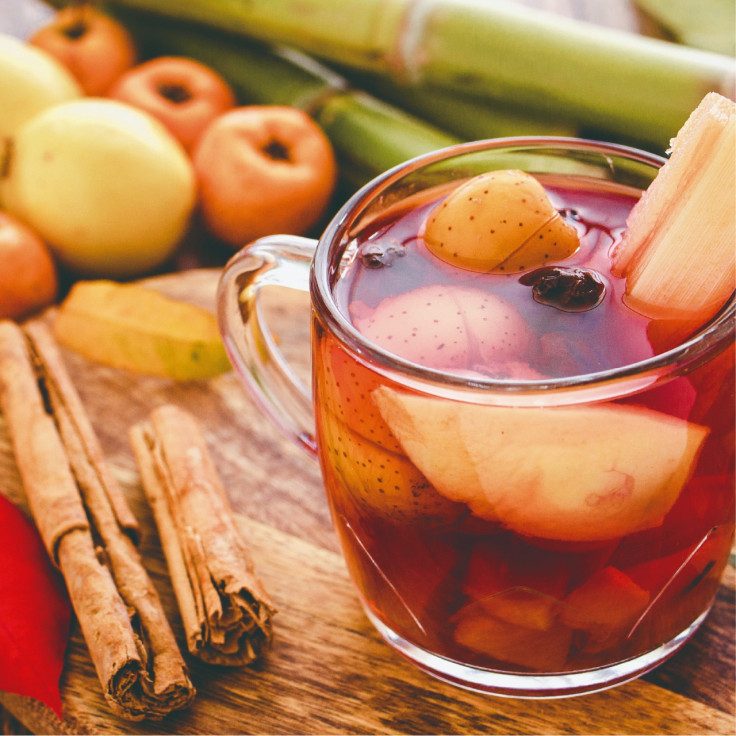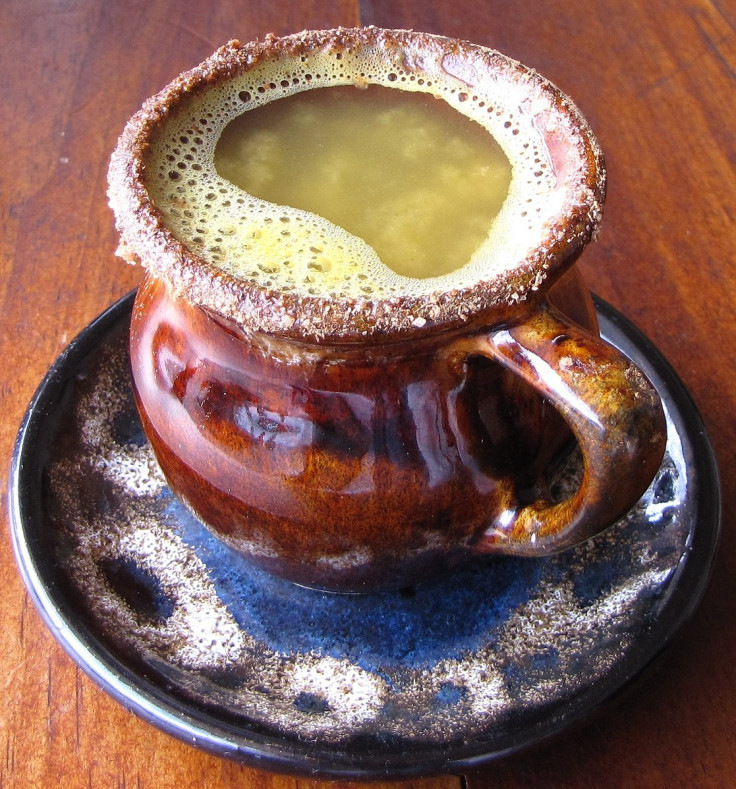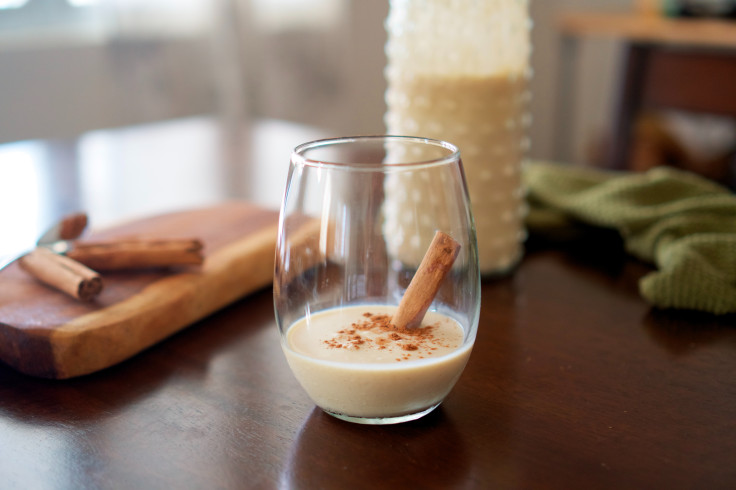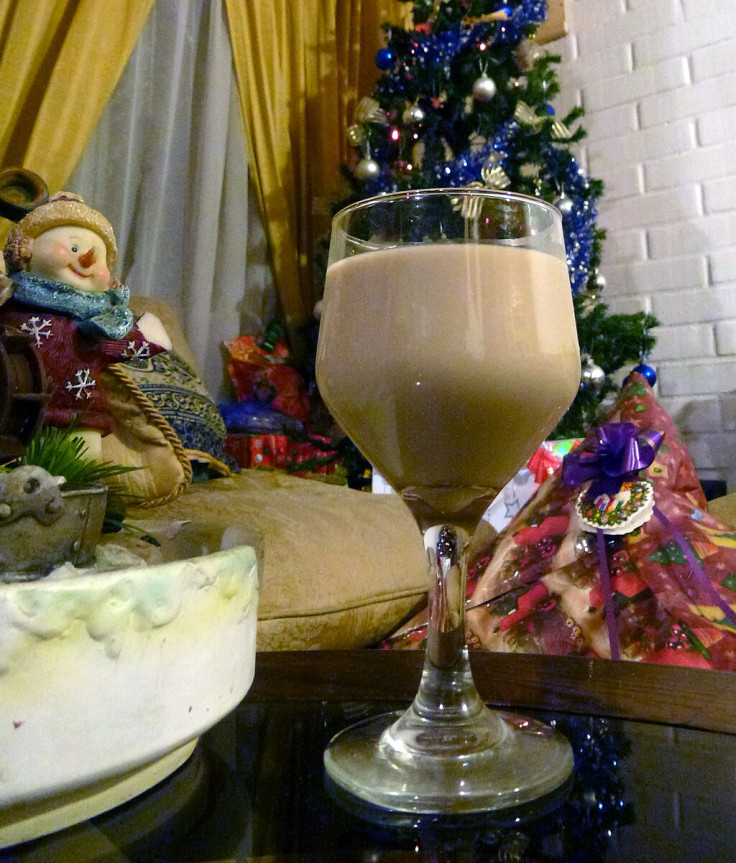
During the holidays, many Latinos in the U.S. find joy in sharing beloved drinks from their homelands, warming up both body and spirit on cold days.
From coquito to rompope to canelazo, hot beverages, often spiked with spirits, fuel the festive spirit of the Christmas season, which typically begins in the second or third week of December and, for many, continues until Epiphany Day (Día de Reyes), celebrated on January 6th.
Why do Latinos enjoy hot alcoholic drinks?
According to Guillermo Ysusi, a certified Mexican Cicerone, this season people crave something hot, thick, probably sweet, and warming to give them some extra energy and warmth. Add to this the traditional and expansive way in which Latinos celebrate important days and... reasons for saying ¡Salud! multiply.
So, whether you're Latino or not, here are 5 Latino Christmas drinks to warm you up this winter:
Ponche Navideño
Ponche Navideño, a traditional hot fruit punch enjoyed throughout the Christmas season in Mexico, is typically served non-alcoholic but can be spiked with your preferred spirit. This festive beverage graces tables from December 12th (Día de la Virgen de Guadalupe) to January 6th (Día de Reyes).
The traditional ponche made at home or sold in street food stalls in Mexico, is easy to replicate. It mostly needs water, brown sugar (instead of piloncillo unrefined whole sugar cane), cinnamon, tejocotes (Mexican hawthorns. If you can't find them, you can substitute with crabapples or quince), guavas, prunes, apples, pear, raisins (optional), tamarind pods (optional), rum (optional).
As with any recipe from the vast and versatile Mexican cuisine, ponche navideño can include many of the fresh fruits available, even hibiscus flowers, which will give it a nice comforting red shade.
Canelazo

Canelazo is another fruit punch traditionally found in Ecuador but is also famous in Colombia and is served in other countries, such as Venezuela, parts of Peru, and even northern Argentina.
As its name indicates, cinnamon is the primary ingredient in canelazo. This Andean beverage varies from region to region, but the basic ingredients include panela or piloncillo (which can be substituted with brown sugar), apple, aniseed, naranjilla (passion fruit can be used as a substitute), and aguardiente (a sugar cane liquor) for an optional kick.
Coquito

Coquito, a beloved Puerto Rican beverage mainly drunk during the holidays, is reminiscent of eggnog or Mexican rompope. Tradition dictates that it includes rum, coconut milk, and condensed milk, along with spices like cinnamon, nutmeg, and vanilla extract. Shredded coconut is often used as a garnish.
Rompope

Why bother buying a bottle of this traditional Mexican eggnog-inspired beverage when you can make it at home? Mexicans say that rompope was first brewed by nuns in a Central Mexico convent. Today, the market is dominated by two main brands (Coronado, Santa Clara), but you can skip them and make your own delicious version at home. All you need is milk (whole and condensed), egg yolks, sugar, cinnamon, baking soda, cloves, nutmeg, vanilla extract, and an optional aromatic alcoholic beverage, such as rum or brandy, for an extra kick.
Cola de Mono

While the origin of Cola de Mono's name is uncertain (some people speculate about a former Chilean president's Colt pistol), for millions of people in South America, it is a cherished, flavorful holiday drink. Similar to rompope, coquito, and eggnog, Cola de Mono is made with milk (whole and condensed), sugar, cinnamon, cloves, nutmeg, vanilla, and pisco. Coffee is optional.
© 2025 Latin Times. All rights reserved. Do not reproduce without permission.




